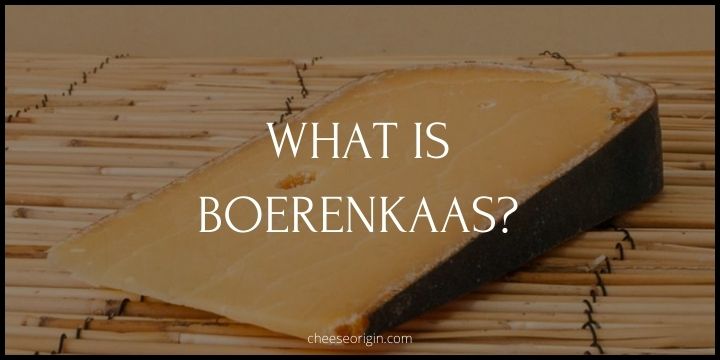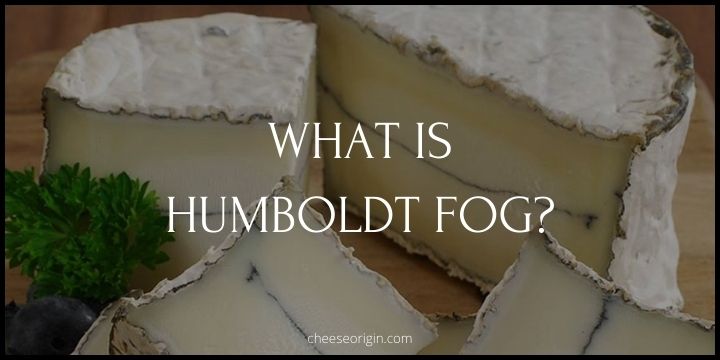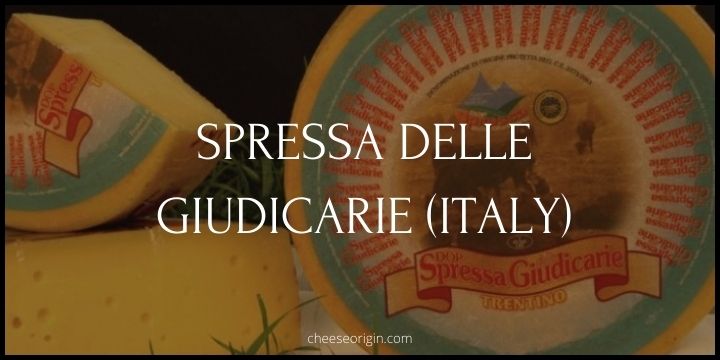What is Mató Cheese? Catalonia’s Sweet, Unsalted Delight
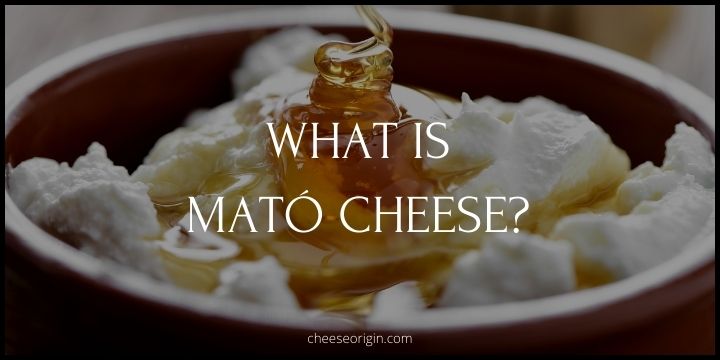
Immerse yourself in the flavorful journey of Catalonia’s culinary gem – the Mató Cheese. A sweet, unsalted delight that hails from the vibrant region of Catalonia in Spain, Mató Cheese is a testament to the simplicity and finesse of traditional cheesemaking. Crafted from cow or goat’s milk, this fresh cheese, with its creamy texture and delicate sweetness, has been a cherished part of Catalan cuisine for centuries.
Quick Facts About Mató Cheese
| Quick Fact | Details |
|---|---|
| Origin | Catalonia, Spain |
| Type | Fresh cheese |
| Milk Source | Cow or goat |
| Texture | Soft and spreadable |
| Taste | Mild, slightly sweet |
| Color | White |
| Process | Unfermented |
| Uses | Often used in desserts |
| Pairings | Honey, walnuts, figs |
| Shelf Life | Short, usually a few days |
| Nutrition | High in protein, low in fat |
| Similar Cheeses | Ricotta, Cottage cheese |
| Traditional Dish | Mel i mató (cheese with honey) |
| Availability | Year-round |
| Storage | Refrigerated |
| Serving Temperature | Room temperature or chilled |
| Unique Feature | No salt added during production |
| Cultural Significance | Part of traditional Catalan cuisine |
What is Mató Cheese?
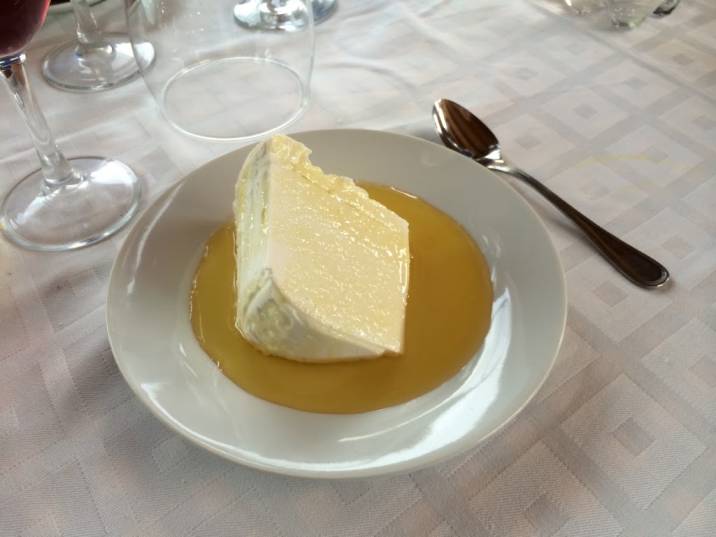
Mató Cheese is a hidden gem in the world of cheeses, hailing from the vibrant region of Catalonia in Spain. This fresh cheese, often compared to Italian ricotta or American cottage cheese, has a unique charm that sets it apart. Unlike many other cheeses, Mató is unfermented, which contributes to its distinctively mild and slightly sweet flavor.
The process of making Mató Cheese is as fascinating as its taste. Traditionally, it’s made from cow or goat milk, with no salt added during production. The result is a soft and spreadable cheese with a pure white color, embodying the freshness of the milk it’s derived from. Due to its fresh nature, Mató has a short shelf life and needs to be refrigerated, but this doesn’t stop it from being a culinary favorite.
Mató Cheese is especially popular in Catalan desserts. One of the most traditional ways to enjoy it is in a dish called ‘Mel i mató’, where it’s served with a drizzle of honey. The sweetness of the honey perfectly complements the subtle flavor of the Mató, creating an exquisite balance that is hard to resist. It’s also often paired with walnuts or figs, adding a delightful crunch or fruity burst to the smooth creaminess of the cheese.
But Mató isn’t just about taste; it’s also packed with nutritional benefits. Being high in protein and low in fat, it’s a healthier cheese option for those watching their diet. Despite its humble origins and simple production process, Mató Cheese has an undeniable allure. Whether spread on a piece of crusty bread or savored in a dessert, Mató offers a unique way to experience the rich culinary heritage of Catalonia.
What Does Mató Cheese Taste Like?
Mató Cheese is characterized by its mild, slightly sweet flavor and lacks the tanginess you might expect from yogurt or the curdy texture of cottage cheese. Instead, Mató is thick and bland, often described as tasting like milk with the water removed.
Its texture lies somewhere between yogurt and cheese, similar to Italian ricotta, making it a soft, spreadable cheese. This texture, combined with its mild flavor, allows it to blend well with many different foods.
Traditionally served as a dessert, Mató is often paired with honey or jam, creating a delightful contrast between its mild sweetness and the more robust flavors of these accompaniments. It’s also compared to whey cheese, closely resembling Italy’s ricotta fresca and Corsica’s brocciu, with one significant distinction – no salt is used in Mató’s production.
This unfermented, fresh cheese has been part of Catalonia’s gastronomic heritage since the Middle Ages and continues to be a staple in Catalan cuisine today. Whether enjoyed plain, scented with orange flowers, or paired with a variety of foods, Mató cheese offers a gentle, subtly sweet taste that’s truly unique.
Mató Cheese Tasting Notes
- Flavor: Mató Cheese has a mild, slightly sweet flavor. It lacks the tanginess of other cheeses and is often compared to the taste of milk with the water removed.
- Texture: It boasts a soft and spreadable texture, similar to Italian ricotta or American cottage cheese, making it versatile in culinary applications.
- Color: Mató Cheese is pure white, reflecting its freshness and the quality of the milk used in its production.
- Unique Qualities: Mató Cheese is unfermented and no salt is added during its production. This contributes to its unique, mild flavor profile.
- Health Benefits: Mató Cheese is high in protein and low in fat, making it a healthier cheese option for those watching their diet.
How to Eat Mató Cheese?
- Dessert Delight: Enjoy Mató Cheese as a traditional Catalan dessert called ‘Mel i mató’. Simply drizzle honey over the cheese and enjoy its sweet, creamy goodness.
- Breakfast Spread: Start your day by spreading Mató Cheese on a piece of crusty bread. It’s a healthy and delicious alternative to butter or cream cheese.
- Fruit Pairing: Pair Mató Cheese with fresh fruits like figs, berries, or apples for a light and healthy snack. The mild flavor of the cheese complements the natural sweetness of the fruits.
- Nutty Companion: Enhance the flavor and texture of Mató Cheese by pairing it with walnuts or almonds. The crunch of the nuts contrasts beautifully with the soft, spreadable cheese.
- Savory Twist: Although traditionally used in desserts, Mató Cheese can also be incorporated into savory dishes. Use it as a filling for pasta or blend it into a sauce for a unique twist.
- Cheese Board: Include Mató Cheese in your cheese platter. Its mild flavor and soft texture offer a nice contrast to harder, more pungent cheeses.
- Baked Goodies: Use Mató Cheese in baking for a moist and tender texture. It works particularly well in cheesecakes and muffins.
10 Best Mató Cheese Substitutes
| Substitute | Short Description |
|---|---|
| Whole Milk Ricotta Cheese | A creamy and mild cheese that can be used in both sweet and savory dishes |
| Goat Cheese | Has a tangy flavor, it’s a good substitute when you want to add a bit of zest |
| Farmer’s Cheese | Mild-flavored, often used in baking and cooking |
| Mascarpone | Thick, creamy, and slightly sweet, ideal for desserts |
| Cream Cheese | With its smooth, spreadable texture and mild flavor, it’s a versatile substitute |
| Cottage Cheese | Great substitute in terms of texture, but less sweet than Mató Cheese |
| Greek Yogurt | While not a cheese, its thick texture and tang can mimic the consistency of Mató Cheese |
| Créme Fraiche | Thicker and less tangy than sour cream, works well in both sweet and savory dishes |
| Tofu | When blended, it can mimic the creamy texture of Mató Cheese, making it a great dairy-free alternative |
| Cashew Cheese | Another dairy-free alternative, cashews can be soaked and blended to create a cheese-like consistency |
What Pairs Well With Mató Cheese?
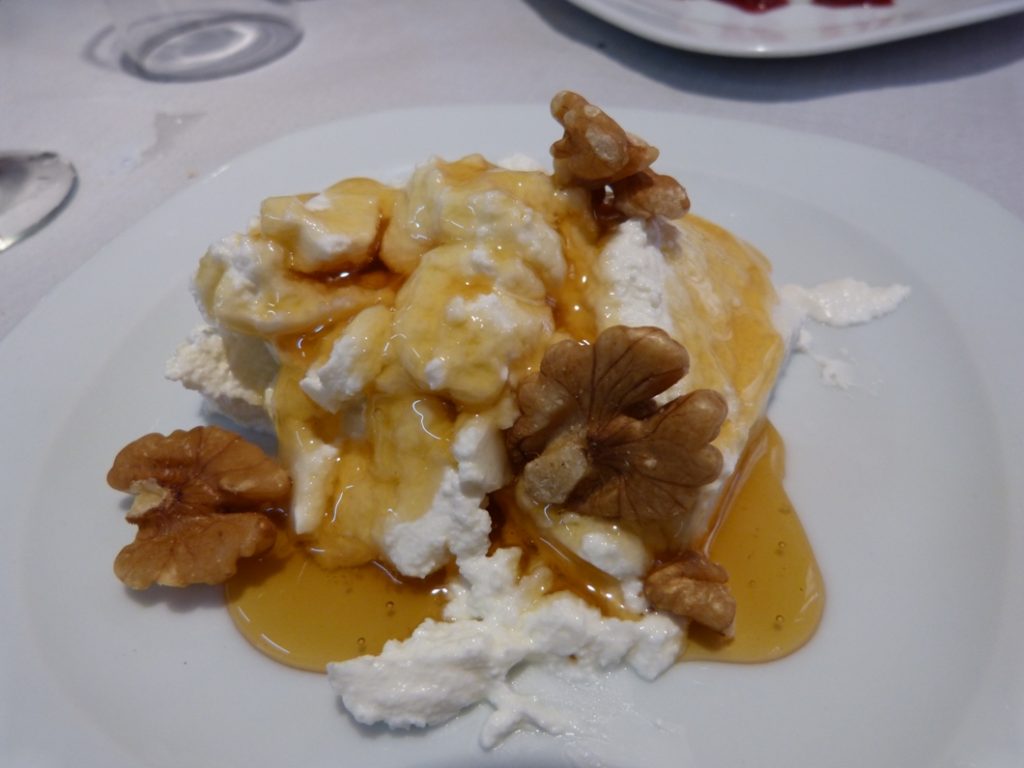
Food that goes well with Mató Cheese:
| Category | Food |
|---|---|
| Fruits | Figs, Apples, Berries, Pears, Peaches |
| Nuts and Seeds | Almonds, Walnuts, Pistachios, Pumpkin Seeds |
| Breads | Baguette, Ciabatta, Whole Grain Bread, Rye Bread, Sourdough |
| Sweets and Desserts | Honey, Maple Syrup, Dark Chocolate, Caramel, Fruit Jams |
| Vegetables | Bell Peppers, Tomatoes, Cucumbers, Avocado, Zucchini |
| Meats | Prosciutto, Salami, Roast Chicken, Smoked Salmon, Ham |
| Spices and Herbs | Basil, Thyme, Rosemary, Black Pepper, Paprika |
| Pasta and Grains | Spaghetti, Penne, Quinoa, Couscous, Brown Rice |
| Condiments | Olive Oil, Balsamic Vinegar, Pesto, Dijon Mustard, Aioli |
Also read: What Fruit Goes on a Charcuterie Board?
Beverage that goes well with Mató Cheese:
| Category | Beverage |
|---|---|
| Wines | White Zinfandel, Sauvignon Blanc, Chardonnay, Merlot, Cava |
| Beers | Belgian Ale, Wheat Beer, Pilsner, Craft Lagers, Stout |
| Non-Alcoholic Beverages | Grape Juice, Apple Cider, Herbal Teas, Lemonade, Sparkling Water |
| Spirits | Gin, Vodka, Whiskey, Brandy, Tequila |
| Cocktails | Mojito, Margarita, Sangria, Martini, Cosmopolitan |
| Coffee and Tea | Espresso, Latte, Green Tea, Black Tea, Chamomile Tea |
Also read: Best Wine and Cheese Pairings: The Ultimate Guide
Also read:
- What is Brunost? Norway’s Iconic Brown Cheese
- What is Dorblu? The Blue Cheese with a Golden Touch
- 10 Most Popular Cheeses Originated in Scotland
- Top 11 Most Popular Fresh Cheeses in the World
- What is Devon Blue? The Blue Jewel of Britain
- What is Cabrales? Spain’s Artisan Blue Cheese Delight
- What is Picos de Europa? Spain’s Blue Cheese Gem
